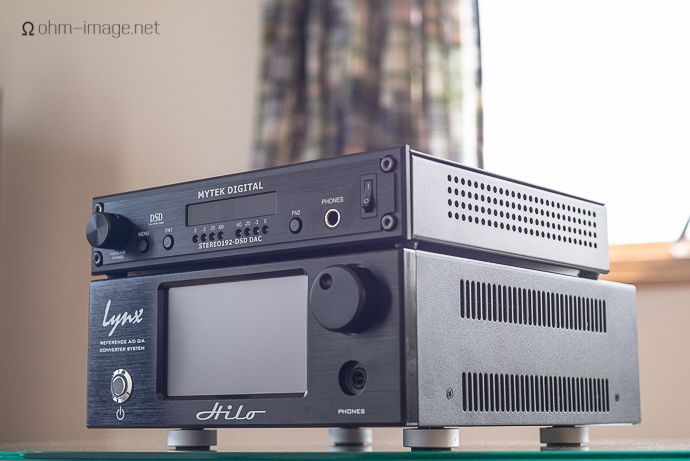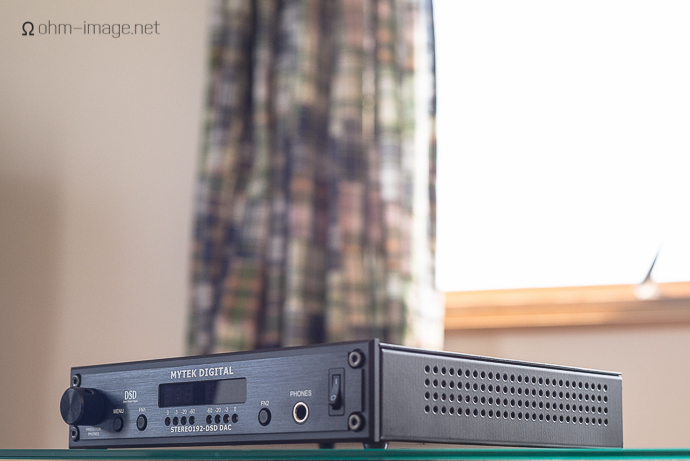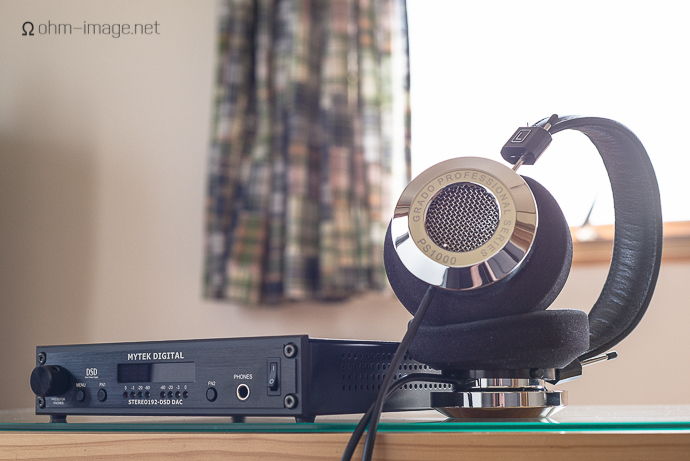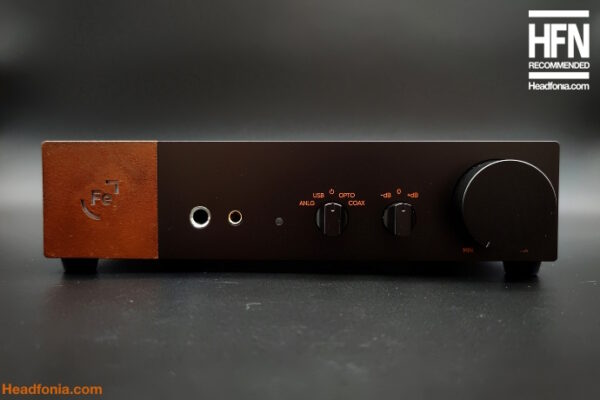Disclaimer: Mytek Digital loaned the Stereo192-DSD DAC for the purposes of this essay, a grammar hack that is now ingloriously late. It currently is on special for 1.095$ USD, which is a steal. Its usual price is 1595$ USD. You can find out all about it here: Stereo192-DSD DAC.
Equipment related to or important to this review:
Lynx Studio Technology HILO review – Lynx HILO RMAA
LinnenberG Vivace Review
LinnenberG Maestro Review
Goldmund TELOS HDA review
Antelope Audio Zodiac Silver
Essence HDACC
Ultrasone IQ
Grado PS1000
Beyerdynamic DT880
With all eyes on Manhatten, Mytek’s newest DAC/pre-amp/headphone amp, it’s easy to overlook the now-venerable Stereo192-DSD DAC. And, it’s sort of been that way from the day it debuted. Not that this DAC isn’t good – in fact, line quality, conversion circuitry, modular connectivity, and myriad sound-sculpting effects are great – but Mytek didn’t gather the same level of interest of some of its competitors.
Its feature set: user-configurable low-pass filters, DSD/PCM filtering, myriad digital inputs, Firewire, USB, pre-amp, outboard clock sync, remote control operation, upsampling, among other things, is almost unprecedented in its price range.
And, where its DAC is applied to downstream devices, its performance is very good.
Not Sound
Typing Stereo192-DSD DAC every few sentences is giving my knuckles repetitive injuries. So, let’s call it 192.
192 has been around since 2012. It’s received a functional firmware updates to keep it kicking contemporary. Besides, a good DAC doesn’t go obsolete lickety split. Case in point, the Lynx HILO, which has been around about as long, is my favourite non-audiophile DAC.
Like HILO, 192 doffs active cooling, and as a result, gets quite warm to the touch. (And you know how I like to touch.) Nevertheless, at all settings, it runs stably. That said, late iterations of OSX have trouble with USBing the 192. Meaning that as an El Capitan iMac user, I’m stuck to Firewire. Not that I mind. Apple make a great Thunderbolt-Firewire conversion cable that I use with my Hasselblad cameras, backup disks, and more. I managed to borrow another’s computer and run amateur RMAA measurements through the headphone and XLRs. Via the headphone output, Firewire was handily trounced. The XLR outputs, however run flawlessly through both computer inputs.

I should mention that 192’s footprint is as wide as Hilo’s but it sits roughly half as tall and about 3,25cm shorter, back to front.
192’s hierarchal menu system is both clear and frustrating. Clear, in that it’s easy to navigate. Frustrating in that getting back out can take a few button presses. A single press of the menu button accesses the main menu; pressing the attenuator inward selects a function subset. When you’re done, ride the hierarchal wave on up, one menu press at a time. While easy to suss, you have to be patient; the attenuator does only one thing at a time. When set to digital, it sets both the voltage level of the XLR and headphone outputs in tandem. When set to analog, the attenuator controls XLR voltage levels whilst muting voltage to the headphone output. Bypass zeros the XLR output to maximum voltage and allows separate control over the headphone out. Despite my misgivings about the placement, size, and quality of build of Antelope Audio’s Zodiac Silver’s discrete controls, they are far easier to use than those found on both the 192 and Hilo. (Zodiac Silver’s
In the guise of function buttons, 192 allows you to program up to two quick mark and recall favourites. It is a utilitarian system that makes do with utilitarian visual feedback. 192’s non-graphic numeric LED display is like the love child of a Casio Databank and a 1980’s Volvo.
I happen to have owned, and loved, both.

192 is well put together, flexing not an iota when stepped on, and the 5mm of rubber feet beneath it keep its hot body well spaced from gear beneath. Its RCA ins and outs match the needs of typical audiophile systems. Its glowing, flashing techie fascia garners street cred at audio geek meets.
Its attenuator wobbles like a lazy top, and here and there you’ll find discoloured structural edges. 192 isn’t as full-featured as HILO, or as polished as Phantasy; it is structurally sound, geeky, and it for the dosh, it’s pretty much the god of features.
Finally, if you connect a lightning to USB adapter, 192 works (despite a few performance penalties) through an iPhone or iPad via the USB 1 input. Kudos.
Sound after the click on page 2!









Barun C
Good stuff Nathan. The PS 1000 teaser photo in the home page was a subtle way to state its the 2nd consecutive Headfonia review in 5 days from Nathan. The number of inputs & outputs really interests me here, especially considering that I am using a Resonessence Labs Concero HP which has only two digital inputs and one headphone out. Wish I had some dough saved up, cause $1095 seems like a really good price for such hardware.
ohm image
It’s a great DAC for the price with a decent to good, but powerful headphone amp. And yeah, I suppose that the PS1000 is my new signature.
Alon Wasserman
Would be interesting to review the new Mytek Brooklyn DAC
dalethorn
I would be extremely interested in the reproduction quality of MQA-encoded tracks with the new firmware.
Alon Wasserman
While the reproduction quality of MQA material is interesting, there’s so little of it available (at least until the streaming services start to use it). The product is new and has not been reviewed yet by any magazine or major site. I think that, in order to be useful to prospective buyers, any review of it should focus on its overall sound quality (both on line outputs and on the headphone outputs, single ended and balanced) on standard material (redbook, hi-res and DSD, as well as analog) rather than on MQA. Once MQA material becomes more wide-spread, it will become more interesting.
dalethorn
As far as I know it’s transparent – if no encoding, no penalty – playback is the standard code you already are listening to.